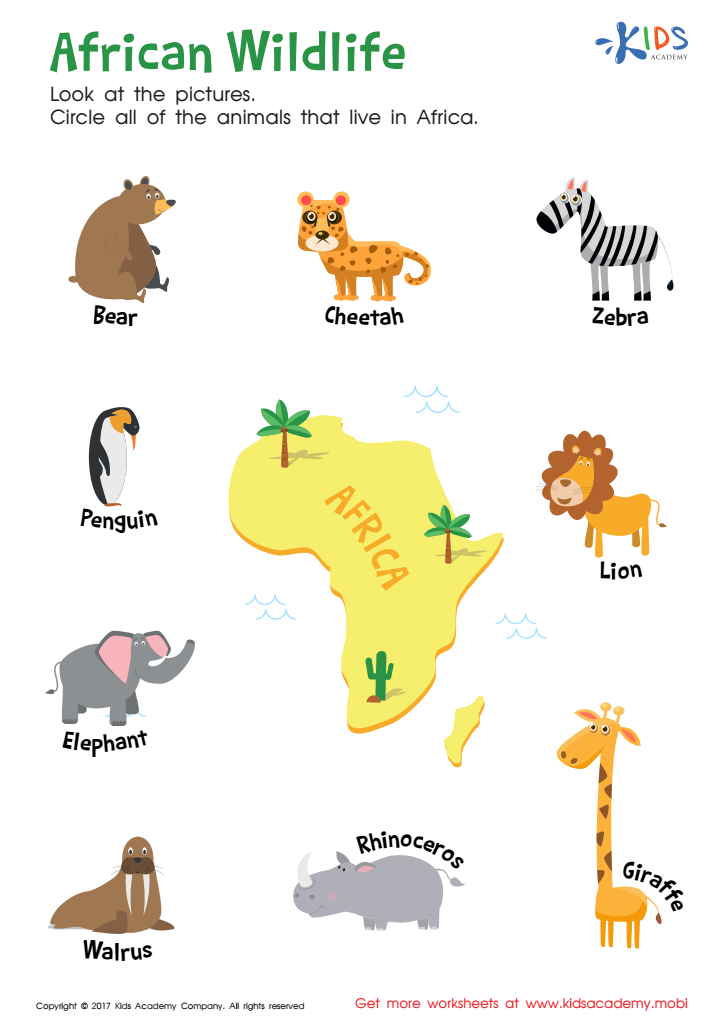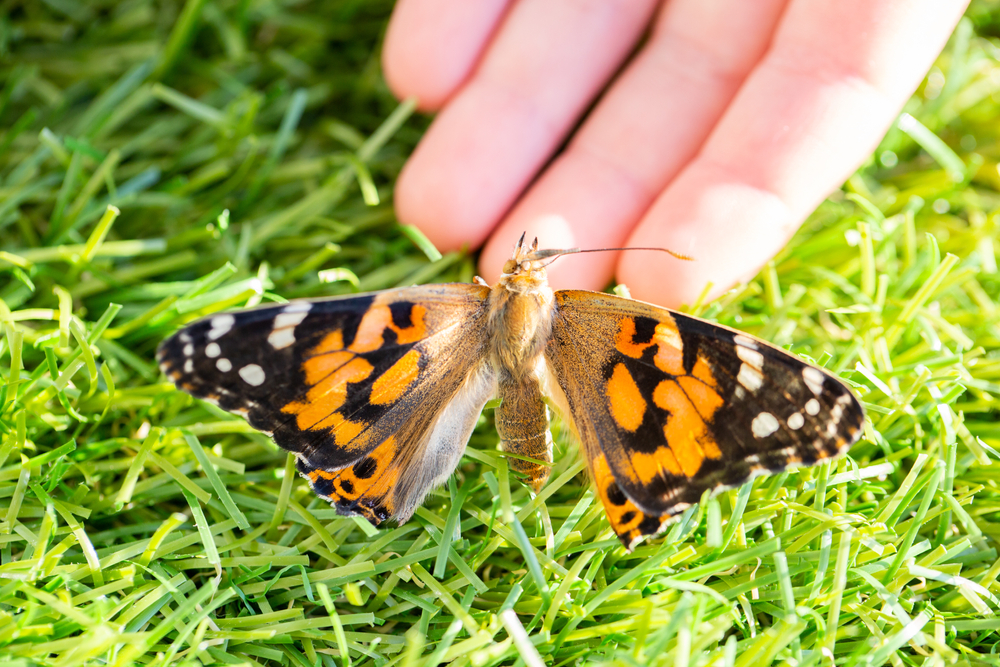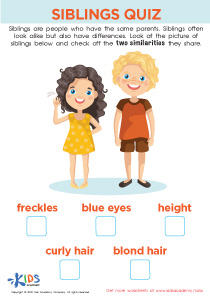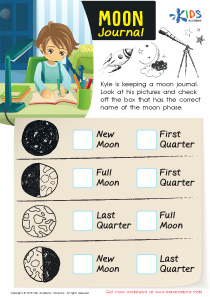Animal recognition Normal Plants and Animals Worksheets for Ages 3-5
3 filtered results
-
From - To
Discover our engaging Animal Recognition worksheets tailored for children ages 3-5! Designed to spark curiosity and enhance learning, these worksheets introduce young learners to a variety of normal plants and animals. Each activity promotes recognition skills, encourages critical thinking, and nurtures a love for nature. Bright, colorful illustrations captivate children’s attention, making learning fun and interactive. Ideal for parents and educators, these resources are perfect for at-home activities or classroom settings. Help your little ones explore the vibrant world of plants and animals while developing essential recognition skills. Download now to enrich your child's learning experience!
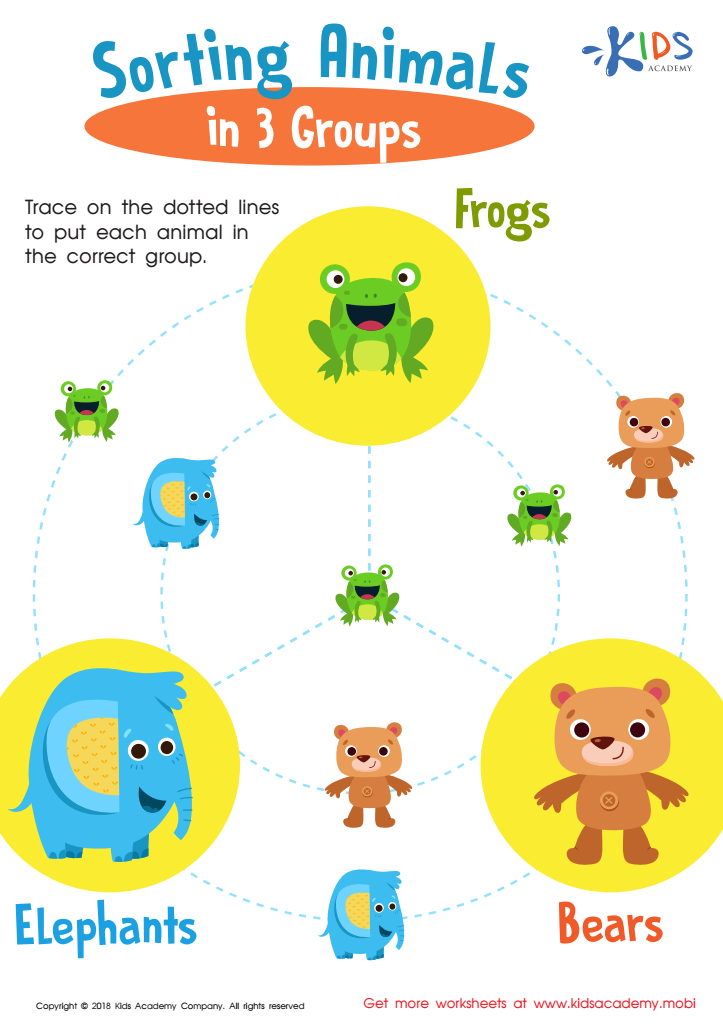

Sorting Animals in 3 Groups Worksheet
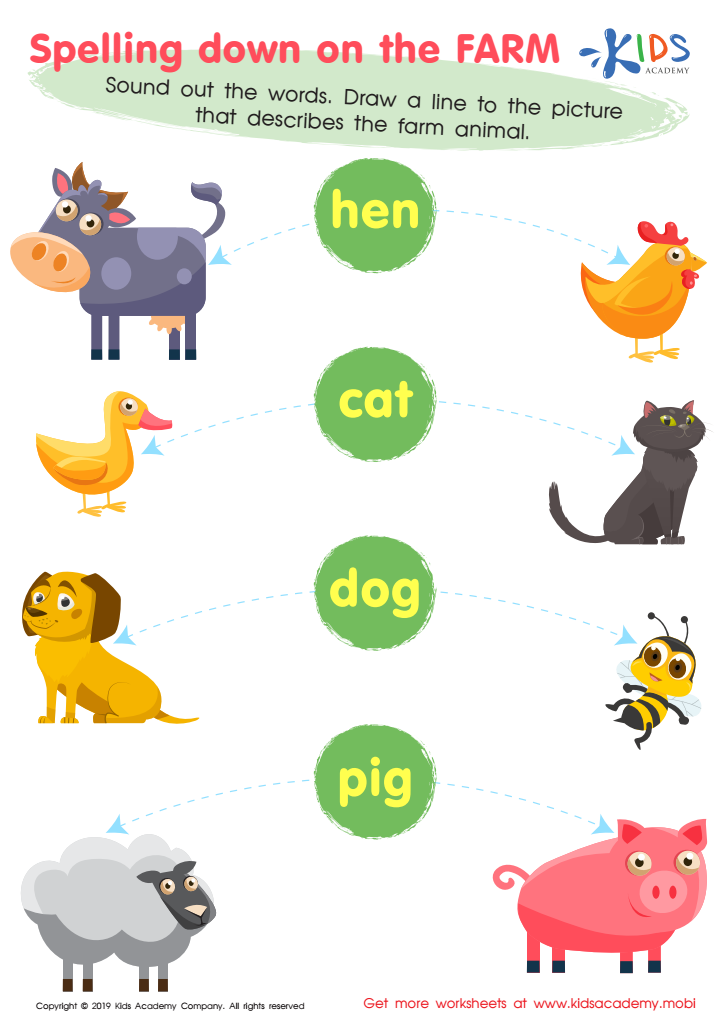

Spelling Down on the Farm Worksheet
Animal recognition, along with understanding normal plants and animals, plays a crucial role in the developmental stages of children aged 3-5. During these formative years, children are naturally curious about their environment, and fostering this curiosity promotes cognitive development. Learning to identify animals and plants not only enriches a child’s vocabulary, but it also enhances their observational skills.
Moreover, early exposure to nature helps children cultivate a sense of wonder and responsibility towards the environment. It lays the groundwork for a respectful relationship with living beings, teaching empathy and care, which are fundamental values. By learning about diverse species, children begin to understand concepts related to ecosystems, relationships, and the interdependence of life, fostering their critical thinking skills.
In school or home settings, engaging in discussions about animals and plants through stories, songs, and interactive activities makes learning enjoyable and memorable. Moreover, it supports essential skills such as categorization and classification. Thus, by emphasizing animal and plant recognition, parents and teachers not only enrich children’s knowledge but also nurture well-rounded, responsible individuals for the future. This vital connection with nature primes young learners for a lifetime of exploration, curiosity, and stewardship of the world around them.
 Assign to My Students
Assign to My Students
